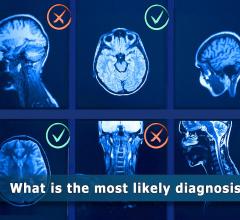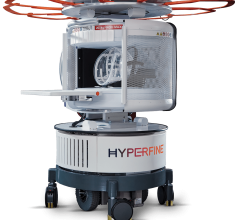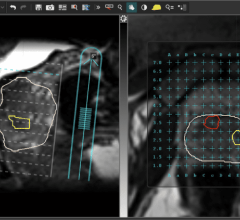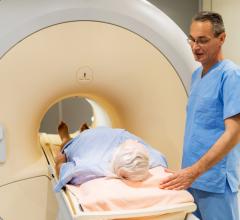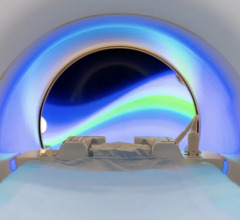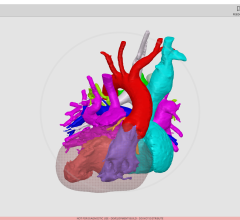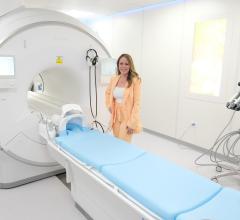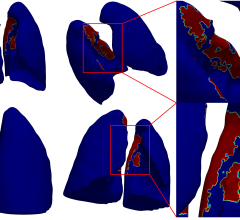January 29, 2014 — Physicians may be able to identify premature infants at-risk for deficits using 3-D MRI imaging techniques developed by clinician scientists at The Research Institute at Nationwide Children's Hospital. The imaging technique could enable early neuroprotective therapies and help determine if they are effective in a matter of weeks, instead of the two to five years previously required.
Researchers developed protocol for using the imaging technique to study development of 10 brain tracts, which was published in Plos One. Colorful 3-D images of each tract revealed connections of segments to different parts of the brain or the spinal cord. Each of the 10 tracts is important for certain functions and abilities, such as language, movement or vision.
"Developing a reliable and reproducible methodology for studying the premature brain was crucial in order for us to get to the next step: assessing neuroprotective therapies," said Nehal A. Parikh, D.O., principal investigator, Center for Perinatal Research at Nationwide Children's and senior author on the paper. "Now that we have this protocol, we can improve the standard of care and evaluate efforts to promote brain health within 8 to 12 weeks of beginning the interventions. That way, we can quickly see what really works."
The study compared diffusion tensor tractography (DTT) scans of extremely low birth weight infants to those of healthy, full-term newborns. DTT is a MRI technique that produces 3-D images and is able to detect the brain's structure and subtle injuries.
The research team confirmed differences in the fibrous structure of the 10 tracts between healthy, full-term infant brains and those of premature babies.
"This protocol opens the field to far greater use of the methodology for targeting and assessing therapies in these infants," said Dr. Parikh, who also is an associate professor of pediatrics at The Ohio State University College of Medicine. "We already have studies underway using our DTT segmentation methodology to measure the effectiveness of early neuroprotective interventions, such as the use of breast milk or skin-to-skin contact while premature babies are in intensive care."
As imaging technology continues to be refined, targeted therapies based on specific regions of the brain with a delay or injury may become reality, Dr. Parikh predicted.
For more information: www.plosone.org
© Copyright Wainscot Media. All Rights Reserved.
Subscribe Now


 July 25, 2024
July 25, 2024 

